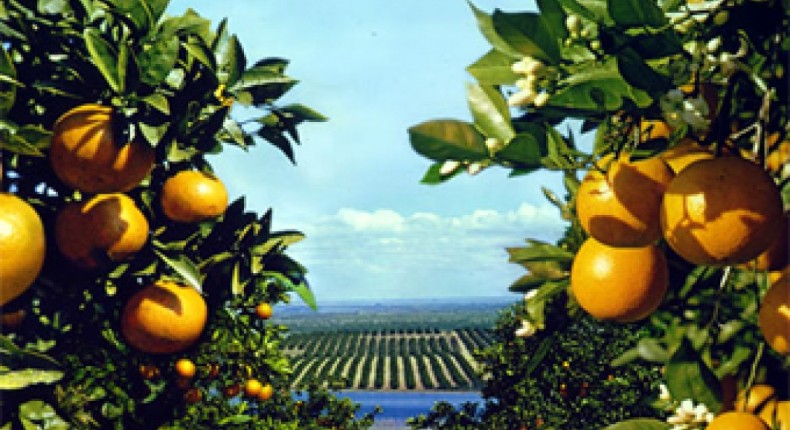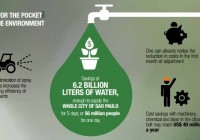6
out

Technology used in Brazilian groves allows to raise production without increasing the planted area
Planting more trees in the same land area. That is the simpler explanation of a planting technology which is being used in Brazilian groves and that can help increasing phytosanitary control and raising productivity with no need to increase the planted area. It’s called densification (high density groves), a planting model which consists in planting trees closer to each other. The system has been researched in the past 15 years by the Brazilian Agricultural Research Corporation (Embrapa, in Portuguese), in partnership with Bebedouro’s Citriculture Experimental Station (EECB, in Portuguese) and the results of these studies show an increase in production in the first crops by 89% compared to the traditional spacing.
One of the older partners in developing these studies is the citrus grower, Mr. Henrique Fiorese, owner of properties in the towns of Olimpia and Colombia (state of São Paulo) that total 200 hectares of citrus groves. Around 20 years ago, he started to practice densification. Currently in his properties, the average occupation is 1 thousand trees per hectare, way above the average in the region, which is around 700 trees per hectare. With this system, the citrus grower was able to not only multiply his trees, but also raise his production more than double, going from around 700 boxes per hectare to 1.5 thousand boxes per hectare. “Nowadays it’s not economically feasible a citrus production made in traditional ways, plant densification is essential”, says Mr. Fiorese.
Embrapa researcher, Mr. Eduardo Girardi, one of the responsible for coordinating the studies, points out that besides the gain in productivity, one of the advantages in the model is optimizing the use of land. “In this system you are able to obtain the same production in a smaller area. This way, it’s possible to make room in the farm for crop diversification, renting or even clear space for an environmental reserve. That without doubt offers an interesting gain”, he highlights.
In the citrus park that ranges the State of São Paulo and the Citrus Belt, it’s possible to observe the growth of this planting model. The Orange Production Forecast (PES, in Portuguese), developed by Fundecitrus and that has just updated the citrus belt inventory of the State of São Paulo, shows that in 2015, the average densification was 448 trees per hectare in adult groves and 631 trees per hectare in growing groves. After a year, the 2016 forecast shows that the average densification went to 467 in adult groves and 654 in growing groves, an increase of 4.2% and 3.6%, respectively. “It is without doubt a planting model highly sustainable and effective”, says Mr. Girardi.
- |
